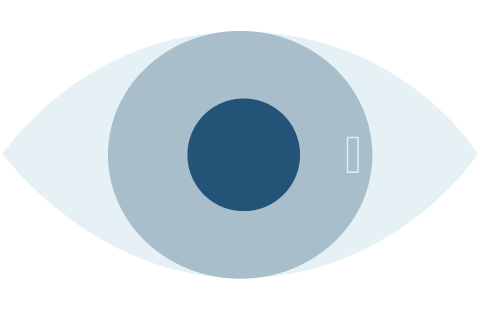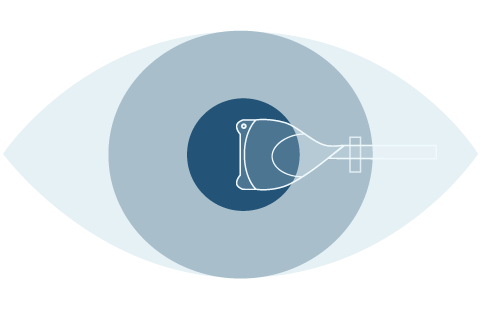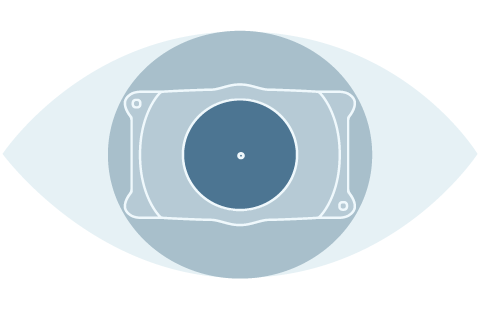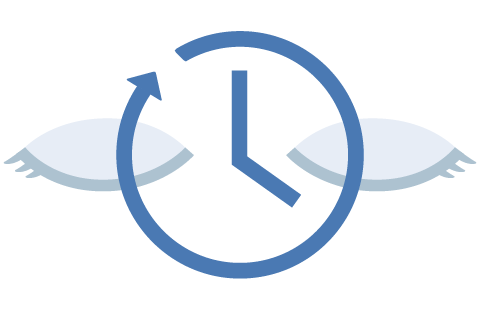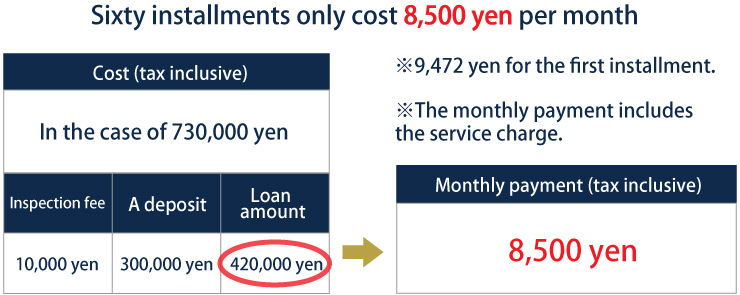-
Sharp vision and vivid color recognition
Because myopia is corrected with the lens in the eye without scraping the cornea, the "aberration" that affects the postoperative appearance does not increase. It’s clear and colorful appearance gives you a feeling of depth and three-dimensionality that is different from conventional ones.
When ICL (Intraocular Contact Lens) is implanted
 ※Illustration (image)
※Illustration (image)When the cornea is scraped and aberration increases
 ※Illustration (image)
※Illustration (image) -
The ICL Technique
ICL surgery does not require creating a corneal flap and corneal tissue removal. This is a surgical procedure in which an intraocular lens called ICL is implanted in a position called the "posterior chamber" between the iris and the crystalline lens while retaining the focus adjustment function of the crystalline lens. Once inserted, the lens (ICL) is also called an "intraocular contact lens" because it is maintenance-free and can be maintained in good condition for a long period of time.

-
Advanced Hole ICL lens
How to reduce the risk of complications? We use an advanced hole ICL * with a small hole in the center of the lens. Prior to the widespread use of the current Hole ICL, an iris incision was required before or during surgery to maintain the flow of aqueous humor in the eyeball and reduce the rise in intraocular pressure. At our hospital, we have adopted an advanced hall ICL that has been researched and developed to eliminate iris incision. This keeps the aqueous humor flowing well and considerably reduces the risk of complications and the strain on the patient's eyes.
* Approved by the Ministry of Health, Labor and Welfare on March 3, 2014.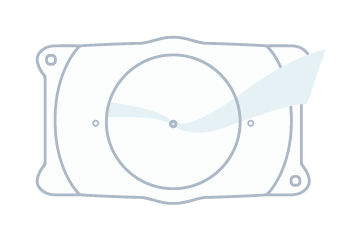
-
Recommended ICL surgery results
Postoperative naked eye visual acuity 20/20 is over 98.3%, 20/12.5 is over 83.6% (the data of 6 months after surgery from February 2019)
The graph of the detailed results is as follows.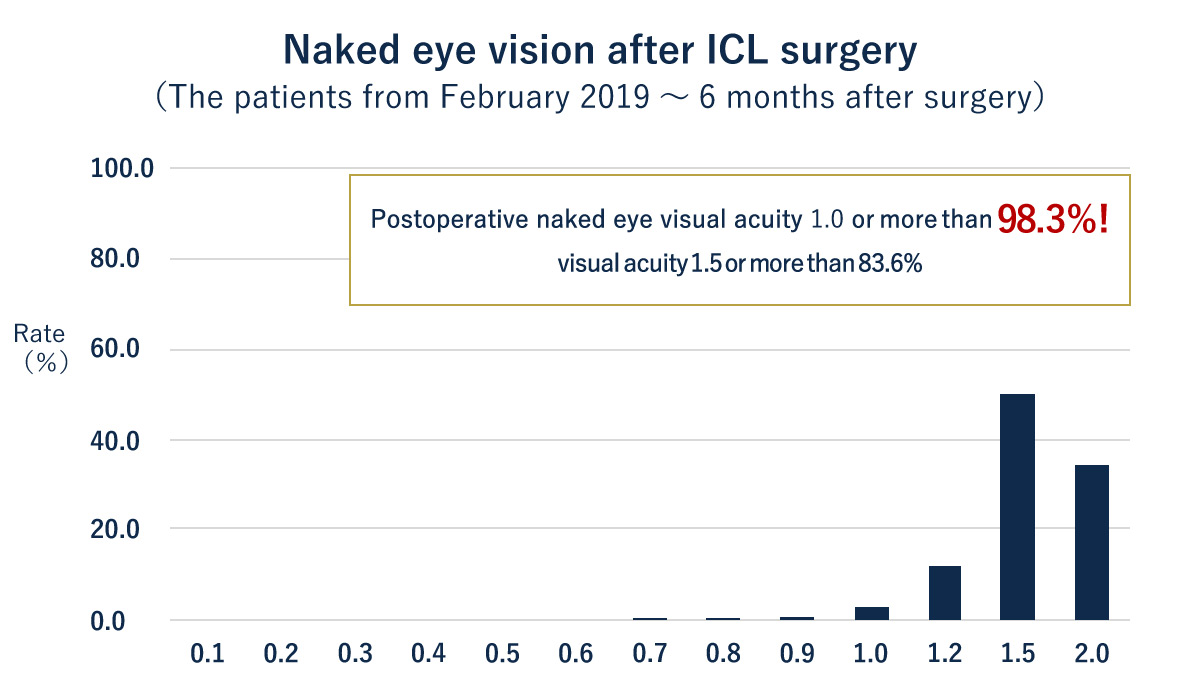
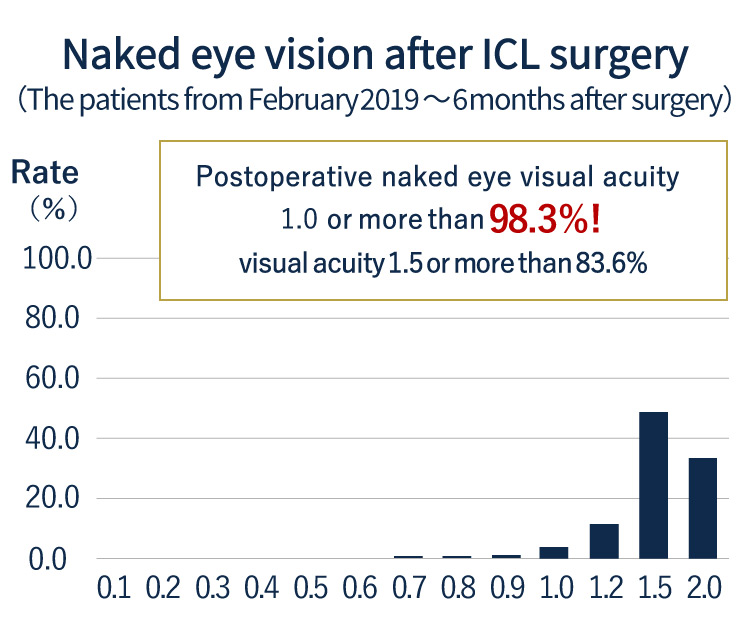
-
About the lens body
Because these lenses are placed in the eye for a very long time, it is critical to verify that they are safe for use in the human body over the long term. Hall ICL uses Collamer®, a new hydrophilic material with excellent biocompatibility. This lens was launched in Europe in 1997 and has undergone numerous surgeries worldwide. It has a proven track record of over 20 years since it was first implanted.
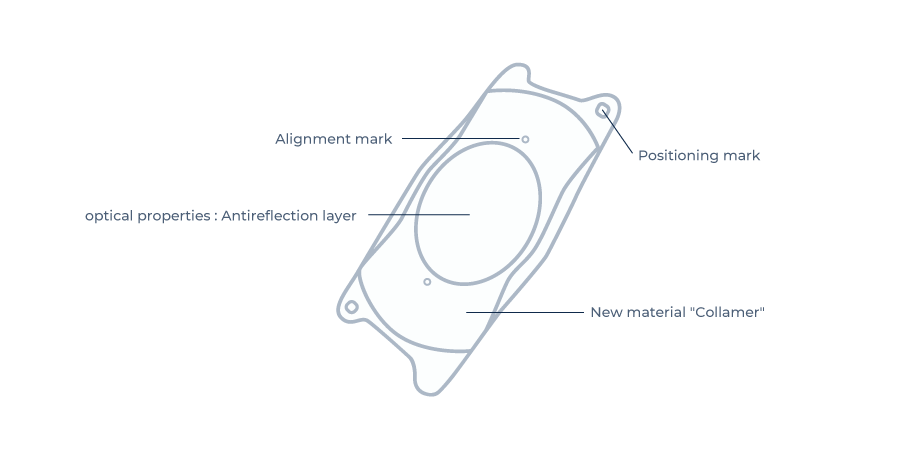

Optical properties: a built-in anti-reflective layer
A softly contoured refractive index running from the surface to the inner center of the lens dramatically reduces glare. Because Collamer® is made of hydrophilic materials, it is characterized by less reflection and minimal higher-order aberrations.Lens Shape: Lens Design Evolution
V1: Proto type model ICL (1990)
V2: Positioning marks added (1994)
V3: Optic diameter changed (1996)
V4: Vault changed, new optical design developed (1999)
V4c (EVO): Lens with central hole earns CE marking(2011)
V5 (EVO+): Optic diameter further extended (2016)New material Collamer®️
The lens itself carries a negative charge due to its collagen content, repelling negatively charged particles such as proteins. Collamer® demonstrates superior quality of vision and biocompatibility, rendering it stable in the eye over the long term. -
History of ICL surgery
ICL surgery may seem like a new-and-unfamiliar procedure to many, but it in fact predates LASIK. The first ICL surgery was performed in 1986, and it has since been employed in procedures around the world. So far there are 2 million patients have undergone this operation in the world (as of 2022) and this operation has been approved in more than 75 countries and regions.
ICL clinical trials were held in Japan starting in 2003, ultimately gaining approval by the Ministry of Health, Labor, and Welfare in 2010. Early ICLs had problems with postoperative complications of cataracts and glaucoma, but Hole ICLs (with a small 0.36 mm aqueous humor circulation hole in the center of the lens) were devised after which these complications were no longer a concern. The number of people undergoing surgery has increased rapidly and has attracted worldwide attention (approved by the Ministry of Health and Welfare in 2014). Furthermore, in 2016, EVO +, a lens with a larger optical section, was developed while maintaining the overall size of the lens. It is expected to improve the appearance of young patients with large pupil diameters and night vision.
※Because of the selection of the optimum power for the patient, there may be no lens standard that has all the above characteristics. Depending on the power, it may take up to 3 months to order the lens. Please note that the staff will inform you in advance.
-
Expert Instructing Physician Kitazawa Chief Surgeon
Currently, there are only about ten expert instructors in Japan who can witness and license the surgery of doctors who wish to operate an ICL.
Dr. Yoshihiro Kitazawa is an expert instructor license holder and also the caretaker of the ICL Study Group.
Two other surgeons are also expert instructors. ※Expert Instructor Certificate
※Expert Instructor Certificate
What is ICL?
ICL(Implantable Collamer Lens)refers to the operation that corrects refractive abnormalities (Myopia, hyperopia and astigmatism) by inserting lenses into eyes without reshape the cornea, so that people can see clearly with their naked eyes.
ICL (Intraocular Contact Lens) is an abbreviation for Implantable Contact Lens, but the word “Implantable” means that it can be inserted, which is also used in dentistry such as implants. In other words, contact lenses that can be inserted, this is the beginning of the term intraocular contact lenses. However, it is described as Implantable Collamer Lens in academic journals. This is the correct word medically, and Collamer is the material of ICL.
Today, it is generally called ICL overseas, but in Japan it is becoming more common to call it an intraocular contact lens rather than ICL. It's hard to imagine what ICL is just by the word of “ICL”. However, contact lenses need to be put on and taken off regularly, and depending on the type, also require daily cleaning and storage. However, the intraocular contact lens (ICL) is in the eye, it does not get dirty or scratched at all, so it does not require maintenance, it is basically okay to leave it in the eye.






